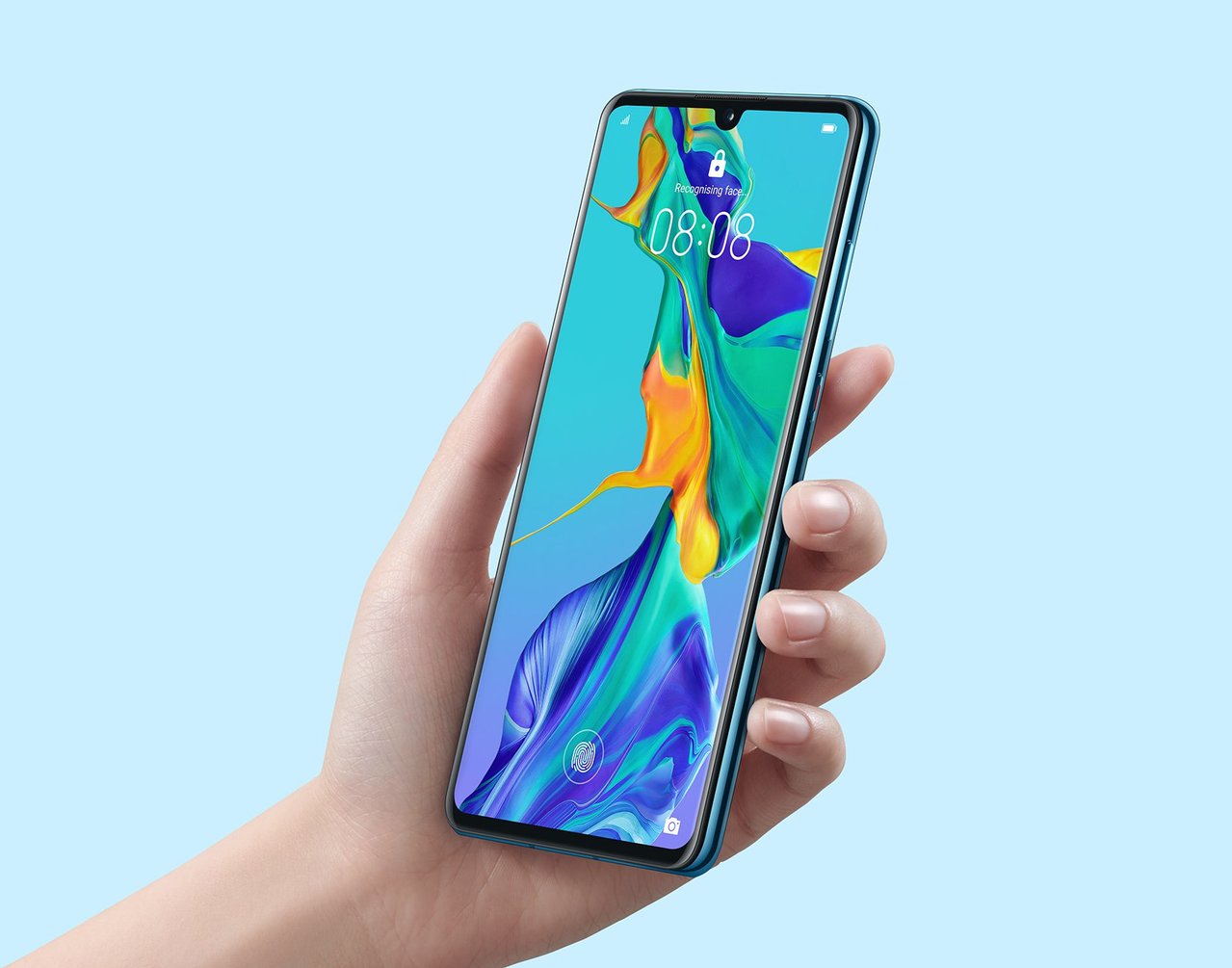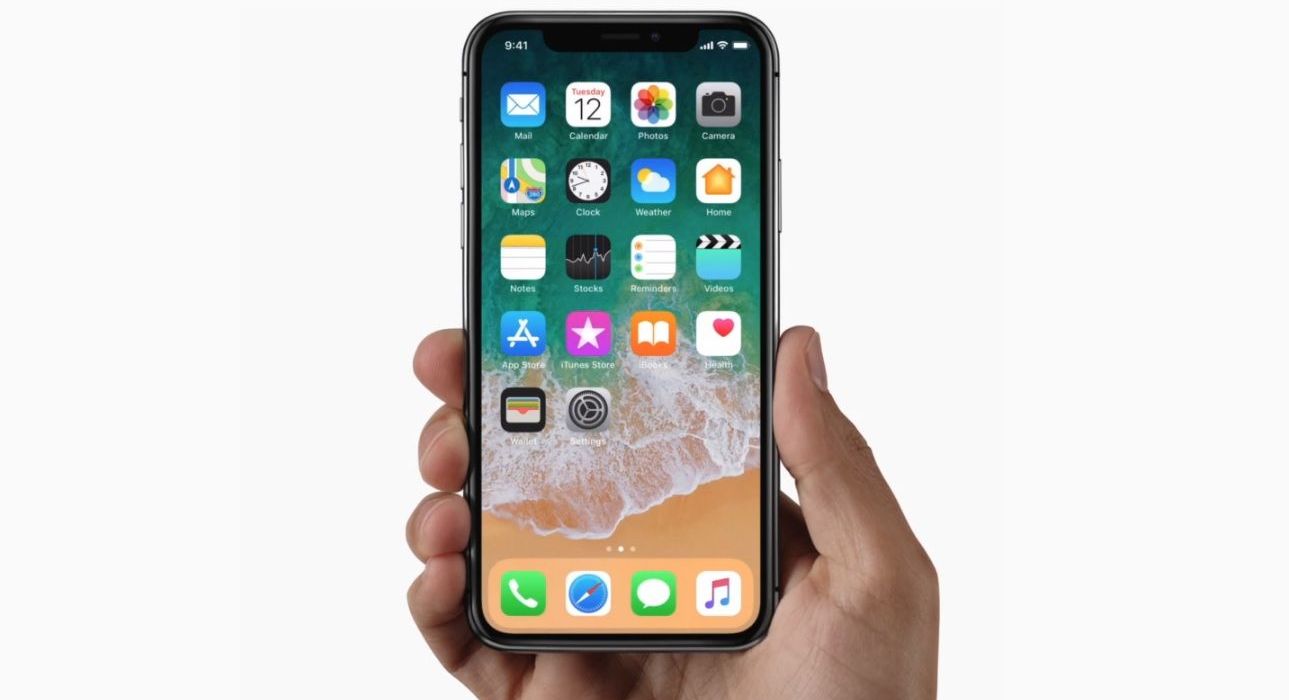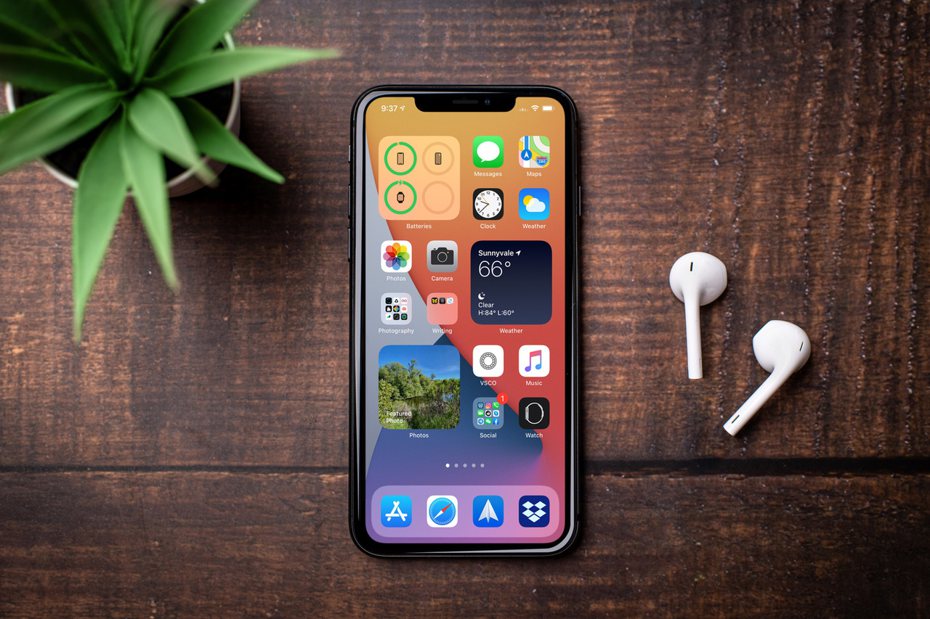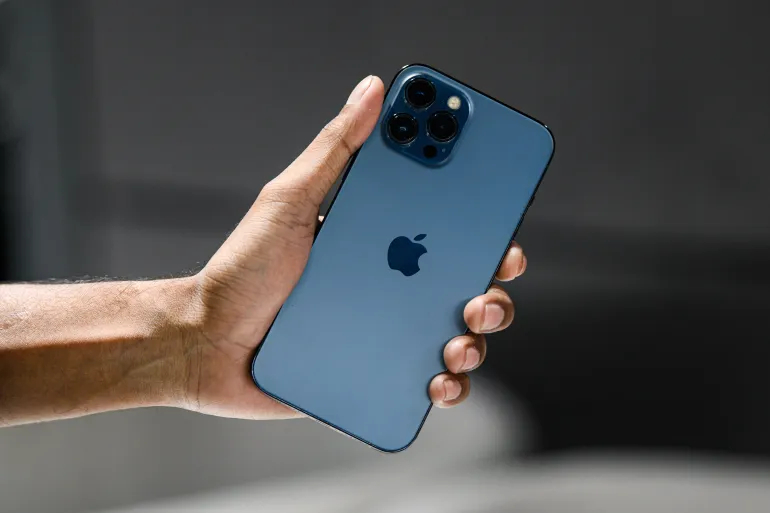A non-responsive touchscreen on your phone can be frustrating and significantly hinder your ability to use the device. Whether the screen is completely unresponsive or only works intermittently, there are several potential causes and corresponding solutions. This comprehensive guide will delve into practical steps you can take to troubleshoot and fix a touchscreen that is not working, helping you to restore full functionality to your mobile device.
Assessing the Initial Cause
Determining the root cause of touchscreen issues is the first step towards finding an appropriate solution. This assessment can help you decide whether the problem can be resolved at home or requires professional repair.
Software Glitches and Minor Hiccups
Often, touchscreens fail to respond due to minor software glitches that can be resolved with a simple restart. Before delving into more complex solutions, try turning your phone off and on again. If the issue persists, check for and install any pending system updates, as these can contain fixes for software bugs that might be affecting your touchscreen’s responsiveness.
Physical and Liquid Damage
If your phone has been dropped or exposed to liquids, the touchscreen may be damaged. In such cases, inspect the screen for cracks and look for indicators of liquid damage (such as moisture under the screen). Physical or liquid damage will likely require professional repairs or replacement of the touchscreen.

Basic Troubleshooting Steps
Should the issue not be attributed to obvious physical damage or resolved by a restart, several basic troubleshooting steps can be attempted to fix the touchscreen.
Clean the Screen and Remove Screen Protectors
A dirty or greasy screen, as well as a poorly applied screen protector, can interfere with touch sensitivity. Clean the screen with a soft, lint-free cloth and remove any screen protectors to see if this improves responsiveness. If the screen protector is necessary for protection, ensure that it is applied correctly without bubbles or creases.
Perform a Soft Reset
A soft reset clears the phone’s memory without erasing any data and can resolve deeper software issues that a normal restart doesn’t fix. To perform a soft reset, press and hold the power and volume down buttons simultaneously for about 10 seconds until the device restarts. This process can vary depending on the phone model, so consult your device’s manual if necessary.

Advanced Troubleshooting Techniques
When basic troubleshooting steps don’t resolve the issue, more advanced techniques can be employed. These solutions should be approached with caution, as they may lead to data loss or require technical knowledge.
Factory Reset
A factory reset restores the phone to its original software state and can eliminate persistent software issues. However, this process will erase all data on the phone, so be sure to back up important files before proceeding. To perform a factory reset, navigate to your phone’s settings menu, find the ‘Backup & reset’ option, and follow the prompts to reset the device.
Boot in Safe Mode
Booting your phone in safe mode can help determine if a third-party app is causing the touchscreen issue. In safe mode, all non-essential apps are disabled. If the touchscreen works properly in safe mode, you likely have a problematic app that needs to be uninstalled. The method to enter safe mode varies by device, but it typically involves holding down the power button and then pressing and holding the ‘Power off’ option on the screen.

Professional Repair and Replacement Options
If the touchscreen remains unresponsive after all troubleshooting attempts, it may be time to seek professional help.
Authorized Service Centers
Taking your phone to an authorized service center ensures that qualified technicians will handle the repair. They can provide an accurate diagnosis and use genuine parts for any necessary replacements. This is also important for maintaining any existing warranties on the device.
Third-Party Repair Shops
If your phone is out of warranty, third-party repair shops can be a more cost-effective option. Ensure that the shop has a good reputation and inquire about the quality of the replacement parts they use. Some third-party repairs may offer warranties on their work, providing some peace of mind.

Restoring Touchscreen Functionality
Dealing with a non-responsive touchscreen can be a significant inconvenience, but there are multiple strategies you can employ to troubleshoot and potentially resolve the issue.
The Importance of Regular Maintenance
Regular maintenance and care for your phone can prevent many common issues with touchscreens. Keeping the device clean, protecting it from physical damage, and ensuring that software is up-to-date can go a long way in maintaining touchscreen functionality.
Evaluating Repair vs. Replacement
Sometimes, the cost of repairs can approach the price of a new phone. When faced with a malfunctioning touchscreen, evaluate the cost-benefit of repairing the existing device versus investing in a new one. Consider factors such as the age of the phone, its current market value, and any advancements in technology that could benefit you with a newer model.
By following this guide, you can take an informed and systematic approach to diagnosing and addressing touchscreen issues, helping you get back to using your phone with minimal disruption. Remember to exercise caution with advanced troubleshooting methods and consider professional assistance when necessary.

Leveraging Manufacturer Support and Warranties
In the event that your touchscreen issues persist, it’s crucial to consider the support options provided by the manufacturer. Utilizing the support offered can often lead to a resolution without incurring additional costs.
Making Use of Warranty Coverage
If your phone is still under warranty, reach out to the manufacturer’s customer support for guidance. They can instruct you on the next steps, which may include sending the device in for repair. Warranties typically cover malfunctions that aren’t caused by user error, so if the touchscreen stopped working through normal use, this could be your best option.
Contacting Support for Out-of-Warranty Devices
For phones that are no longer covered by a warranty, many manufacturers still offer support services. While there may be a fee, getting support directly from the people who made your phone ensures expertise and access to the correct parts for repair. Always communicate clearly about the issues you’re experiencing, as a detailed account can help support staff diagnose the problem more effectively.
